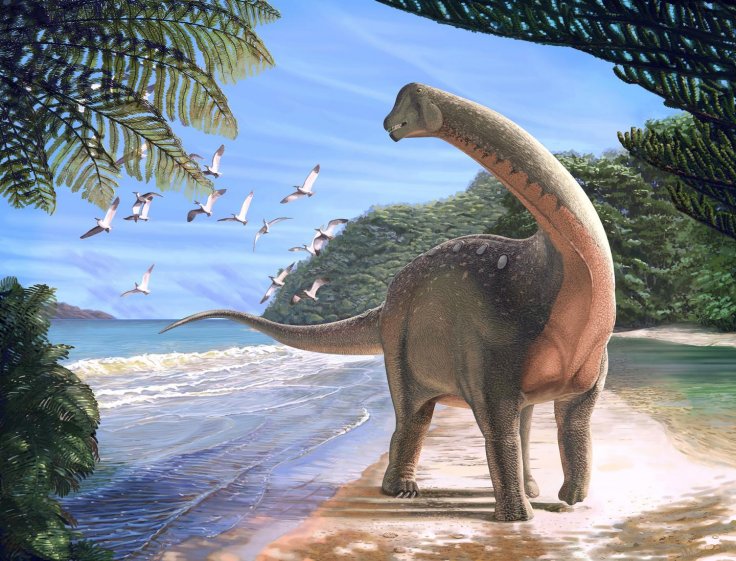
Professor Brian J Ford, a popular dinosaur researcher has claimed that it was not an asteroid, but the absence of sex lakes that might have caused the extinction of dinosaurs. Ford believes that many species survived the mass extinction event that happened 65 million years ago, but dinosaurs failed to survive and this might be because these gigantic creatures were dependent on sex lakes.
Brian J Ford strongly believes that dinosaurs depend directly on the buoyancy of water in lakes and shallow seas to support their massive bulk, and the absence of these lakes millions of years ago have negatively impacted their breeding.
As per Ford, apart from the asteroid hit, it was the continental drift that played a crucial role behind dinosaurs' extinction from the planet. The continental drift pulled apart the supercontinents on which the dinos lived, and it destroyed the sex lakes that dinosaurs depended for reproduction. Ford claims that dinosaurs could mate only when they were partly supported by the buoyancy of water.
"As the continents drifted, the shallow lakes shrank, and the dinosaurs' ecosystem disappeared. The giant dinosaurs could only evolve wading in shallow water to take their weight. Once the Earth's surface changed, their environment disappeared ... and so did they. But if the vast shallow lakes had persisted? Dinosaurs would be with us today. And poachers would be hunting them just as they do any other spectacular wildlife," Ford told the Sun.
A few days back, Dale Russell, of the Canadian National Museum of Natural Sciences, believes that a dinosaur species named Stenonychosaurus inequalis might have evolved as the most intelligent living being on the planet if they did not go extinct before 65 million years. The researcher revealed that Stenonychosaurus had larger brains, and this species had opposable fingers with a very impeccable human-like grip.









